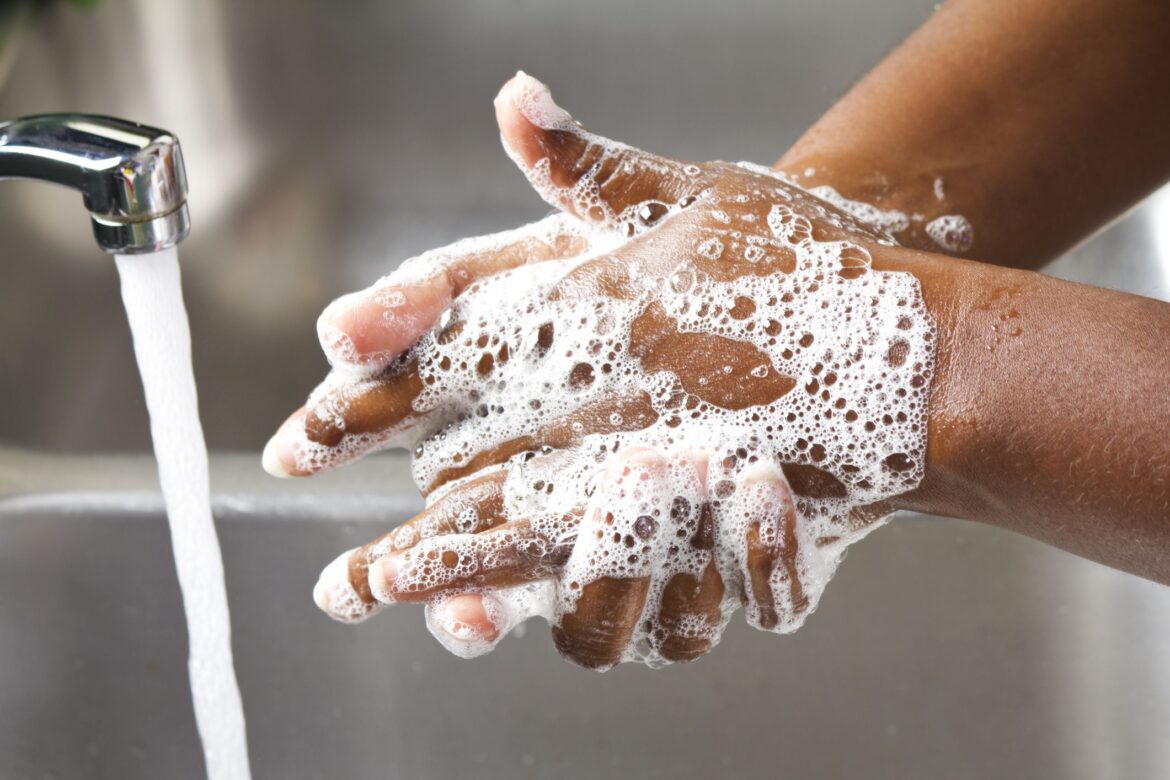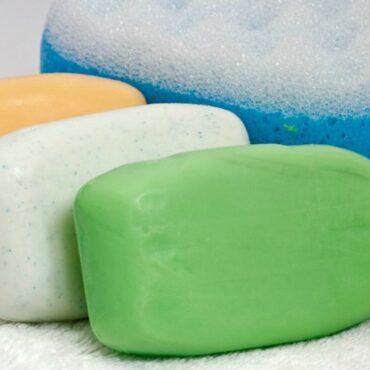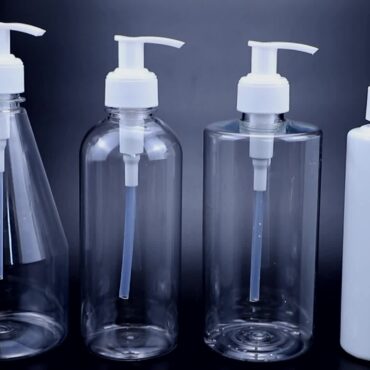How thick lather of soap washes away natural oils from our hands?
| On Aug06,2021
What is a thick lather of soap?
It is a foam or froth formed when a detergent (such as soap) is agitated in water. Lathering also means to soap yourself up, and a lather can be a state of extreme agitation. … Rubbing soap on your body is also called lathering. Since lather is a stirred-up form of soap, it can also apply to emotions that have been stirred up.
What increases lather soap?
What ingredient makes soap lather?
What causes lather in soap?
How Leather From Soap Washes Away The Oil Of Hands?
Is Soap Leather Safe For Hands?
Removing dirt & germs, one micelle at a time
So, how does soap clean the dirt, grease, and oils off of your hands? To answer that, we’ll need a visit to the chemistry class.
You’ve heard the saying – oil and water do not mix. On a chemical level, that’s because the fatty molecules that makeup oil, grease, and dirt are all non-polar molecules that don’t have a charge, while water molecules are polar. That’s why you get separate layers when you mix cooking oil with water or vinegar. This is important to understand for handwashing because when disease-causing germs in fecal matter or dirt get on your hands after using the toilet or touching a contaminated surface, they mix with the natural oils on your skin and stay there. When you rinse your hands with water only, it’s ineffective against the germy oils that have lodged onto your skin. The water slips right off without mixing, just like it does with cooking oil.
That’s where soap comes in. Because soap is salt derived from an oil or fat, it has a unique chemical structure that looks like a balloon. The balloon head is the salt—a charged, polar molecule—and it’s connected to a string or tail of non-polar fatty acids. The soap molecule can therefore act like a double-agent: the salty end is attracted to water, while the fatty tail is attracted to the dirt or oil. When you mix soap with dirt and water, the soap molecules break up the dirt and the bacteria it contains by forming circles around individual droplets—the fatty chains go in the middle facing the dirt, while the salt balloon tops form the outside of the circle facing the surrounding water. The wheel-like structure formed by the circle of soap molecules around the dirt or oil droplet is called a micelle.




